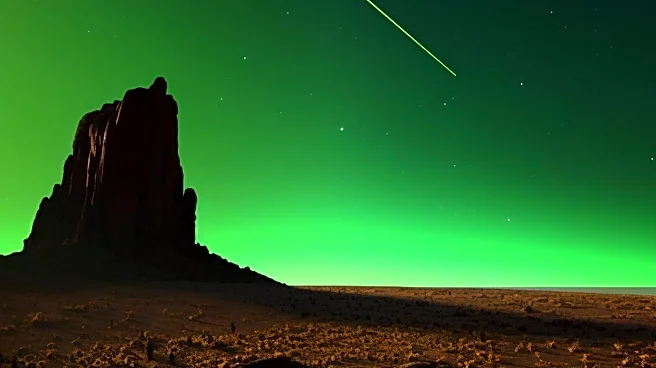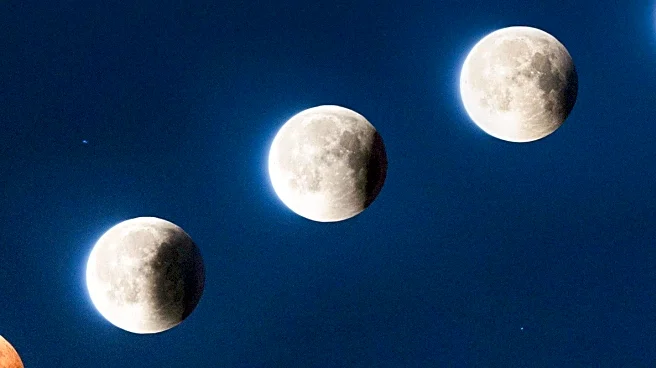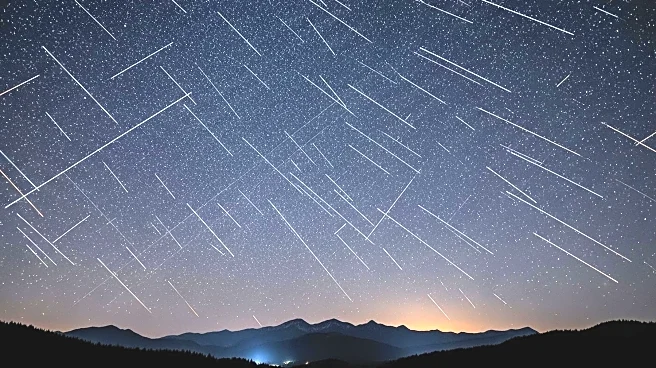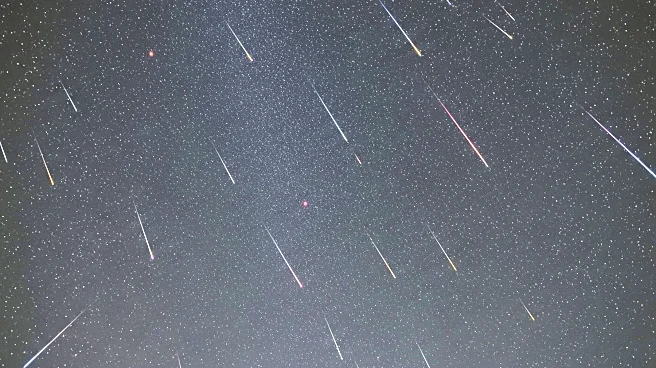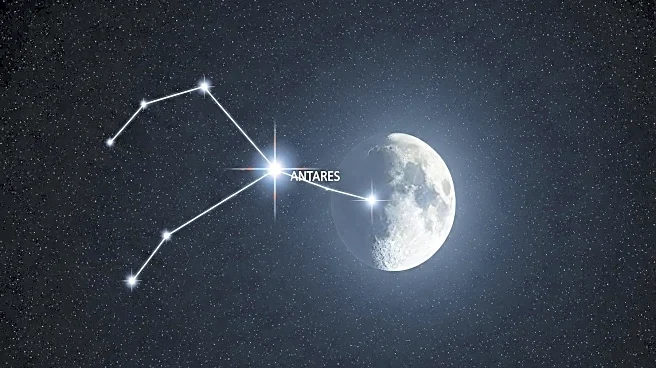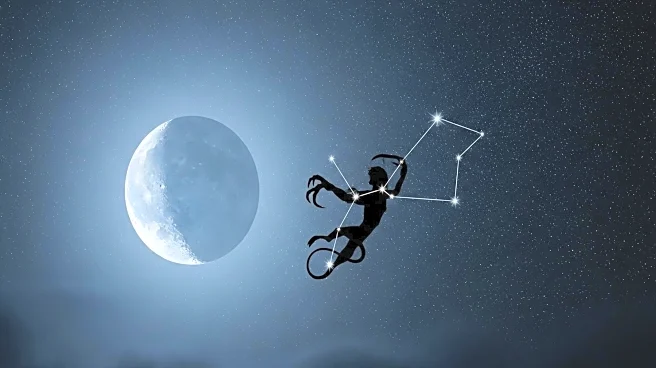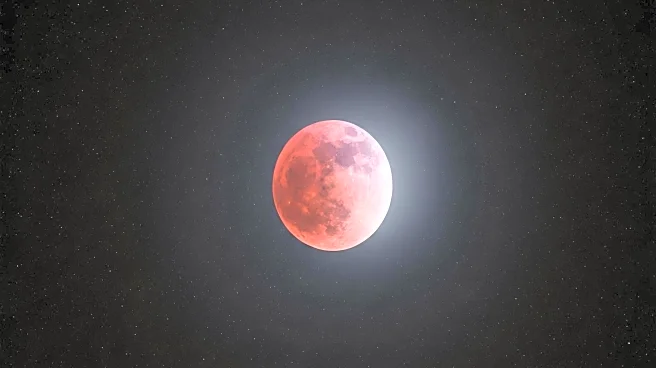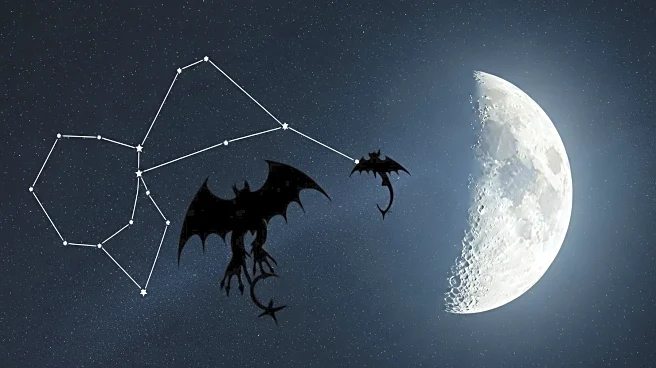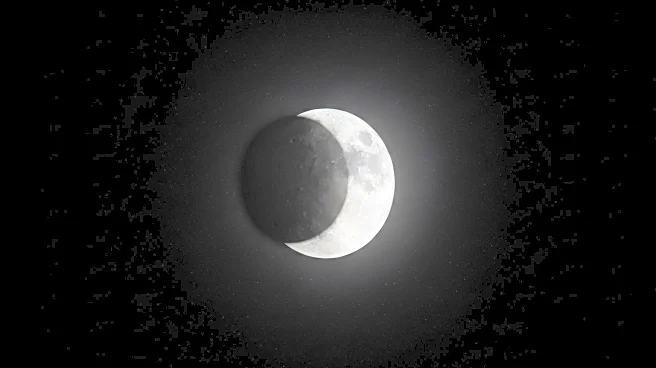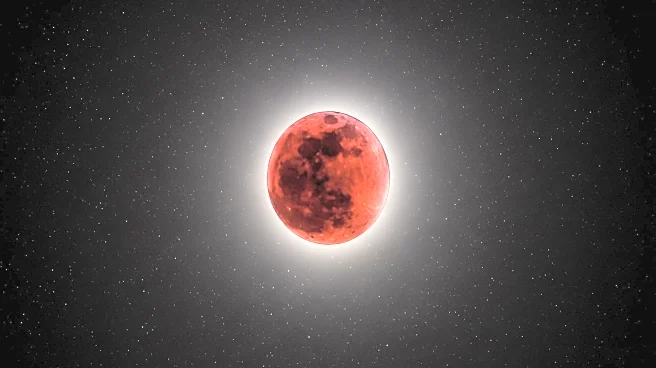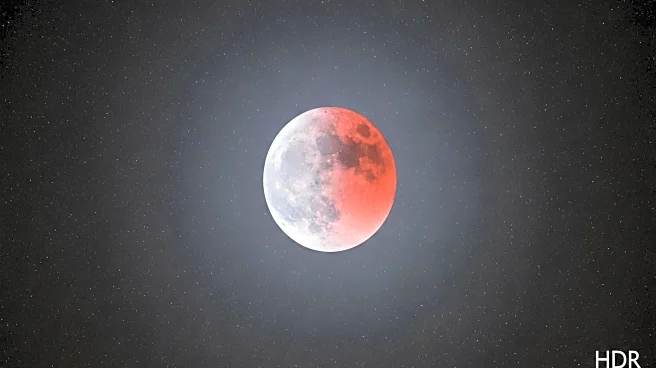What's Happening?
September 2025 is set to be a remarkable month for astronomy enthusiasts, with a series of celestial events including planet parades, eclipses, and the return of aurora season. The month kicks off with a morning planet parade featuring Venus, Jupiter, Uranus, Neptune, and Saturn visible in the pre-dawn sky. A lunar eclipse will occur on September 7, although it will not be visible in the U.S. Saturn reaches opposition on September 21, offering optimal viewing conditions. Additionally, a partial solar eclipse will be visible in parts of the Southern Hemisphere.
Why It's Important?
These astronomical events provide unique opportunities for education and public engagement with science. The visibility of multiple planets and the occurrence of eclipses can inspire interest in astronomy and encourage people to learn more about the universe. The return of aurora season, coinciding with the solar maximum, suggests that this year could see above-average sightings of the Northern Lights, further enhancing public interest in celestial phenomena.
What's Next?
Stargazers are encouraged to plan their observations around these events, taking advantage of dark-sky locations to maximize visibility. The fall equinox on September 22 marks an exceptional time for northern lights activity, making it an ideal period for aurora chasers. Observers should prepare for early morning and late evening viewing sessions to catch the best of what September's night sky has to offer.
